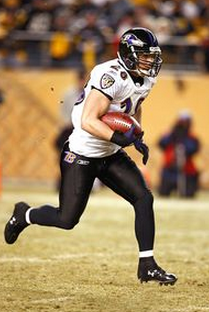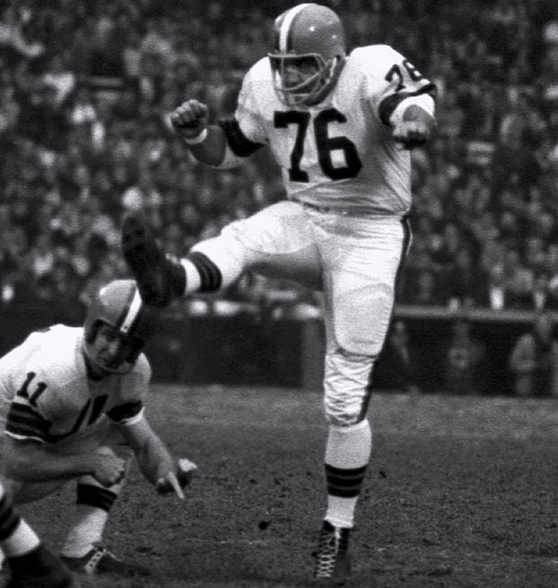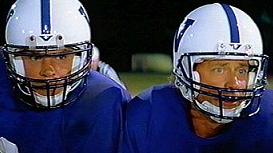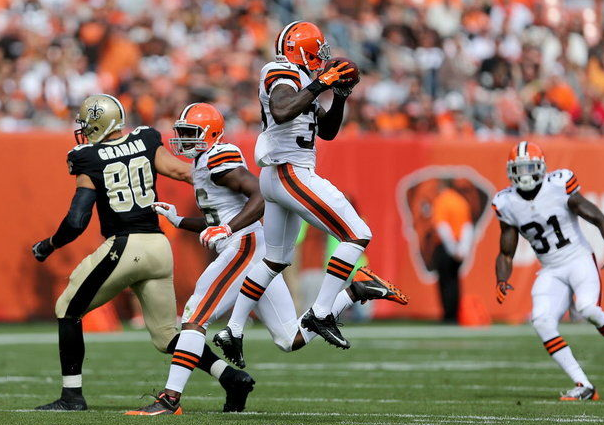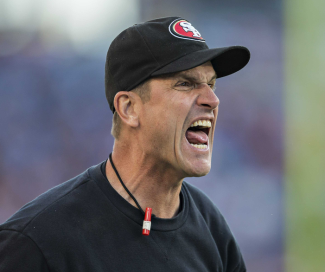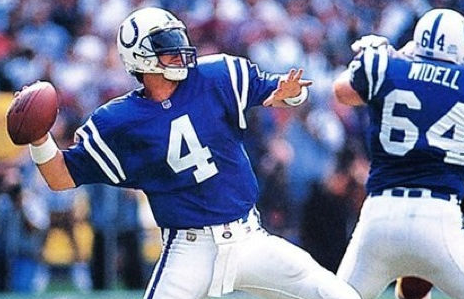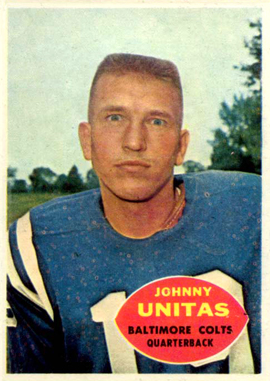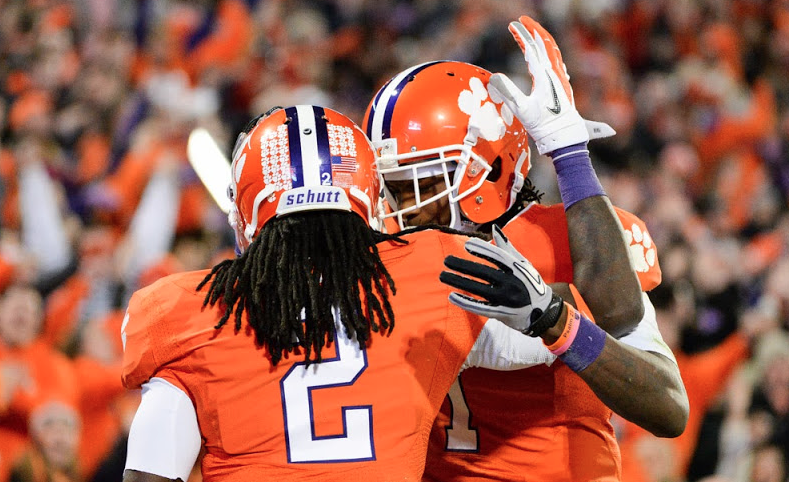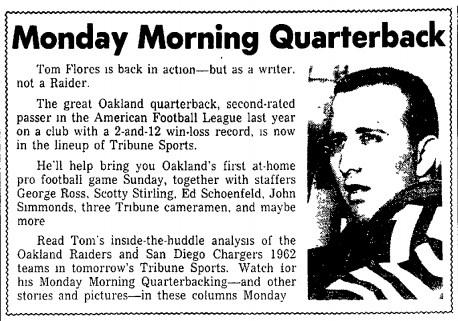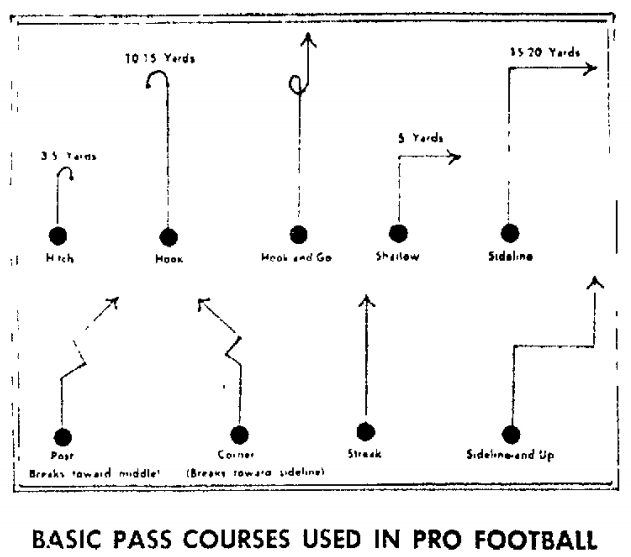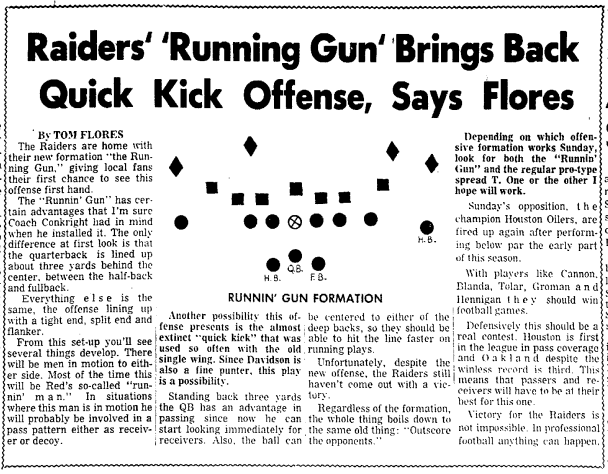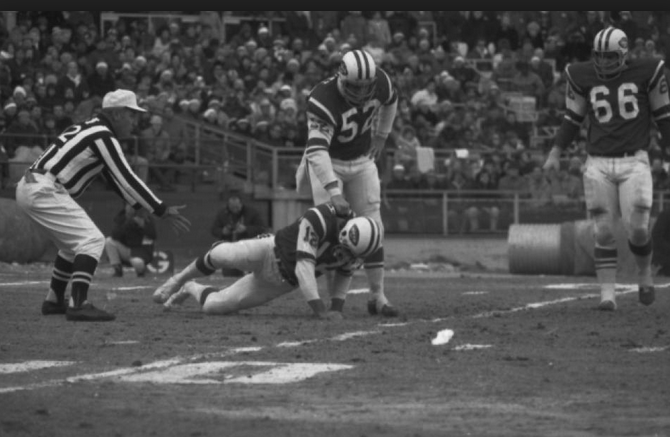What would our Friday Night Fights series be without a Tom Zbikowski bout?
Zbikowski, the future Ravens safety/special teamer, was still in college — a junior at Notre Dame — when he made his professional debut in June 2006 by knocking out Robert Bell in 49 seconds.
It was a semi-big deal. Bob Arum was the promoter, Angelo Dundee worked Tommy Z’s corner and the setting was Madison Square Garden.
According to NCAA rules, Zbikowski, a cruiserweight, could accept his $25,000 purse and still retain his football eligibility, but he couldn’t “accept any money from any manufacturer to wear a specific brand of boxing apparel,” The New York Times reported.
By that time he’d had 90 amateur fights, compiling a 75-15 record. “I think I avenged all those losses,” he once told the Los Angeles Times, “and I probably had 10 to 20 more fights not listed, in smokers and stuff around the [Chicago] area.”
The Ravens drafted Zbikowski in the third round in 2008, and he spent four years in Baltimore backing up strong safety Ed Reed, returning kicks and running down under them. After that came a season with the Colts that was ended, five games early, by a shin injury.
Tommy Z was a Wild Child, as you might expect of a boxer-footballer. “I’m the only guy who can drink six beers, then spar 10 rounds on the same day,” he bragged to the Chicago Tribune’s David Haugh last November. Wrote Haugh:
Alcohol had become such a part of Zbikowski’s routine the night before games that he compared it to a superstition. His ideal mix: four glasses of scotch and four Guinnesses. Of the 64 NFL games Zbikowski participated in, he estimated at least 12 were played with a massive hangover.
“Get a little messed up, sneak a girl into your room, feel on top of the world,” Zbikowski said. “I had some of my best games off of benders — some of my worst, too. My two best seasons ever were 2005 [at Notre Dame] and 2009 [in Baltimore], when I was the most out of control drinking, so I thought, hey, maybe I should go back to that.’”
But for the first time in Indy, Zbikowski felt his nighttime activities affecting his game-day ability.
“I was drinking too much,” Zbikowski said. “I got fat.”
To lose the weight, he said, he took a diuretic, a blunder — the substance was banned by the NFL — that earned him a four-game suspension at the start of the 2013 season. It turned out to be moot, though, because he didn’t make it out of training camp. His hometown Bears, who had signed him in the offseason, released him, and that was the end of his football career.
But back to boxing. In March and April of 2011, when NFL players were locked out by the owners, Zbikowski climbed in the ring three more times — the last three of his four professional bouts. He TKO’d Richard Bryant in one round, won a unanimous four-round decision over Caleb Grummet, then had the following fight against Blake Warner, who, as you’ll see, had the body of a middle-school assistant principal.
All told, Tommy Z spent less than 17 minutes in the ring as a pro — 16 minutes, 54 seconds, to be exact. How good was he? Arum thought he had prospects, though Bob was probably thinking mostly about all the Notre Dame subway alumni who might come to his bouts. We’ll give Emanuel Stewart, who trained Zbikowski at the end, the final word on the subject. After Tommy hung on in the fourth round to beat Grummet, a mixed-martial-arts guy, Stewart said, “Thank goodness it wasn’t a six-round fight.”
One more thing: This clip has Spanish broadcasters — a Friday Night Fights (and Pro Football Daly) first. Don’t worry, though. “Zbikowski” in Spanish is still “Zbikowski.”

